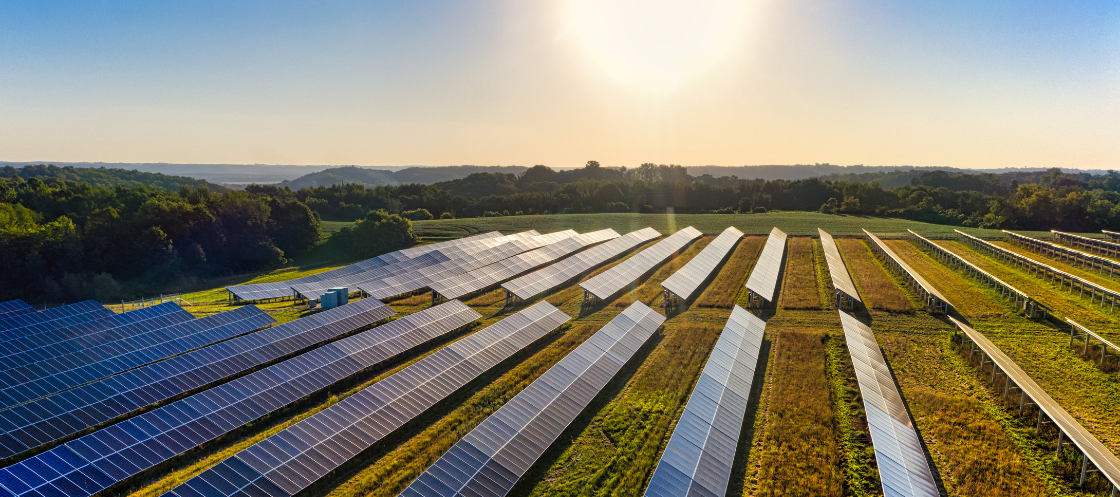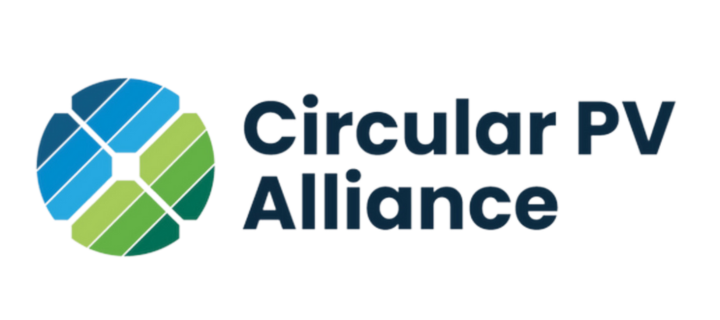Capacity Investment Scheme: Progress and future outlook
Deputy Secretary of the Department of Climate Change, Energy, the Environment and Water Simon Duggan has detailed the ongoing progress and future outlook of the Capacity Investment Scheme (CIS).

DCCEEW Deputy Secretary Simon Duggan delivered a keynote address at the Australian Clean Energy Summit this week in Sydney. The annual event gathers Australia's top policy-makers, investors, developers, energy users, and utility companies to discuss the latest clean energy solutions and technologies. The focus of Duggan's address was the Capacity Investment Scheme (CIS).
The objective of the CIS is to incentivise the deployment of 32GW of renewable and clean dispatchable capacity by 2030. The CIS is designed to support system reliability as ageing coal power stations retire and to help deliver the Australian Government’s target of 82% renewable electricity by 2030.
Highlighting the role of the CIS in providing renewable energy investors with greater certainty through a revenue underwriting agreement, Duggan said this CIS shares the risk of low wholesale electricity prices, ensuring stability for investors and benefits for consumers during periods of low prices.
He emphasized the dual benefit for taxpayers and electricity consumers, noting that revenue support is only provided when consumers benefit from low prices.
Launched last year, the CIS began with pilot auctions for clean dispatchable generation and storage in NSW, South Australia, and Victoria. These pilots received significant interest from the market, with the NSW auction alone increasing its tender size from an initial 380MW to 1.1GW after receiving bids totaling 3.3GW. The pilot tender in South Australia and Victoria also saw robust participation, with over 100 bids amounting to 59GWh of dispatchable capacity, far exceeding the initial 2.4GWh target.
In November, the CIS expanded to include regular tenders in the National Electricity Market (NEM) and annual tenders in the Western Australian Wholesale Electricity Market (WEM) through to 2027. The Australian Government has committed to underwriting a total of 32GW of clean energy generation and storage, aiming for 9GW of dispatchable capacity and 23GW of variable renewable energy. This is projected to support around $74 billion in new clean energy investments within the next three to six years.
Duggan addressed common concerns among investors, including the incentives for project proponents to engage in contract and hedging markets. He explained that the CIS meets 90% of the revenue shortfall below the strike price, not 100%, ensuring that project proponents still bear some risk. Additionally, proponents bid an annual cap on revenue support, beyond which they bear the full revenue risk, and only positive wholesale electricity prices contribute to a project's net revenue position.
To prevent the support of projects that may fail to generate by 2030, Duggan outlined the rigorous assessment criteria for CIS tenders. These include the proponent’s track record, progress in securing necessary approvals, and engagement with local communities and First Nations groups.
"The CIS eligibility and merit criteria provide the basis for a rigorous assessment of project deliverability, as well as organisational capability," Duggan explained.
Another issue raised was the balance of technology types supported by the CIS, ensuring an optimal mix for the system. Duggan clarified that while cost is a factor, the broader value for money assessment also considers system services provided by projects, such as capacity factors and grid location.
Looking ahead, Energy Ministers have committed to reviewing the electricity market landscape post-2030. This review, set to report publicly by mid-2025, aims to provide a clear direction for the market beyond the initial support period of CIS agreements. Duggan expressed optimism about the positive market response to the CIS tenders and the scheme's role in accelerating investment in firmed renewable energy.
"Establishing the CIS and launching the first three tenders has been a significant endeavour. We have been encouraged by the market response to the 2 pilot auctions and the first NEM wide tender launched thus far," he said.
"We have benefitted enormously to date from extensive stakeholder engagement, including the Clean Energy Council’s strong interest and expert advice in the development of the CIS."
"We look forward to this continuing as rollout of this critical instrument continues.'















